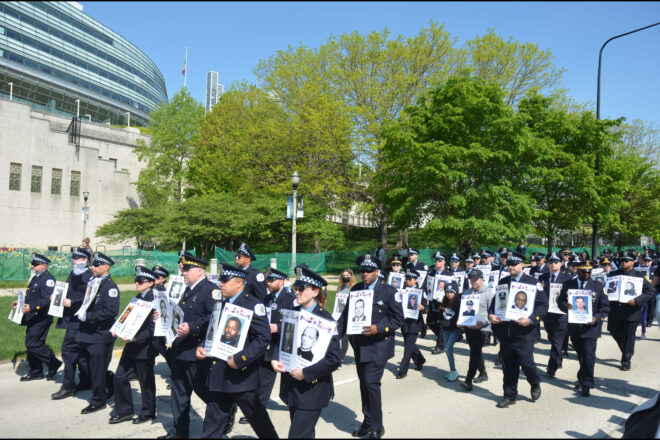The Manhattan Institute and its City Journal are premier resources relative to understanding crime and social issues impacting the nation. This is particularly true relative to the struggles of urban life in New York City. On 21 December 2022, City Journal posted an insightful discussion about crime and crime control. What works and what does not work. The exchange is from the 2022 George L. Kelling Lecture hosted by the Manhattan Institute. The lecture featured Raymond Kelly, an impressive leader in the police profession. Kelly served twice as the Commissioner of the New York City Police Department (NYPD). He was among the NYPD leaders that helped to bring about the turnaround in crime in New York City during the 1990s. The lecture should be required learning for all politicians, before they are allowed to tinker with the laws and procedures that are essential to public safety. [Click the link to read more | 31 Dec 2022]
Category: Broken Windows Theory
Incentivizing Drugs, Crime and Misery
On a fundamental level, changing problematic behavior is a personal struggle. While others can help, the involved individual either makes the needed change or not. Simple logic and critical thinking tell us, if we seek another to do less of something, we should discourage such behavior. So to we know, a key method by which to encourage a behavior is to incentivize it. When a financial benefit is linked to a behavior, we tend to see more of it. However, such is true even if that behavior is damaging. In the Summer 2022 issue of City Journal, public policy analyst Judge Glock provides a devastating look at how government policies have incentivized drug addiction and criminality. Taxpayer funds purportedly seeking to address homelessness are instead fostering misery and death. The article and an interview this past week with the author are recommended resources. [Click the link to read more | 10 Sep 2022]
Subway Safety and Proactive Policing
This week Nicole Gelinas, from the Manhattan Institute, authored an insightful opinion essay published in the New York Times: “To Get New York Going, We Have to Address Subway Safety.” Without question subway safety and proactive policing are correlated variables. Gelinas observed that far fewer New York City (NYC) transit riders felt safe in the subway, just 26% as of early 2021. By comparison, in the last quarter of 2019, 65% of riders “felt satisfied with the levels of crime and harassment on trains.” Violent crimes are up and ridership is down dramatically from “pre-pandemic” days. The absence of “safety in numbers” for riders and a turn from active policing on the system are key factors in the subway safety equation. See our analysis.
“From Broken Windows to Broken Streets”
Nicole Gelinas writes about an interview with the late criminologist George Kelling “half a decade ago” that focused on Broken Windows Theory. The analysis is insightful relative to the fundamental role of the community in public safety and how policing is impacted when community involvement is low.


